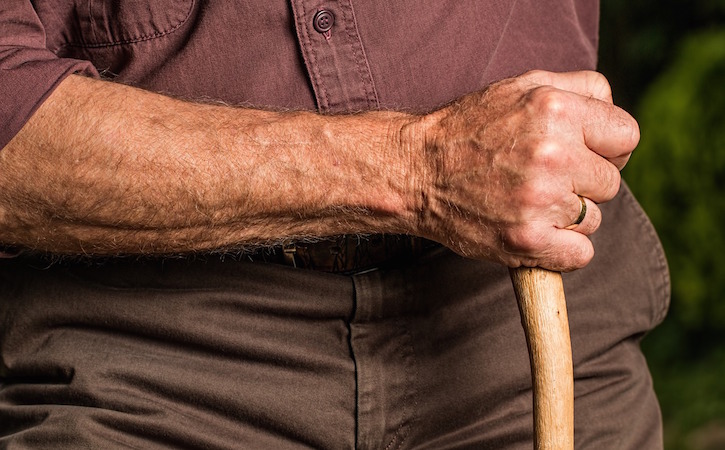Falls in Older Adults

Did you know that falls are the leading cause of non-fatal and fatal injuries for adults age 65 years and older? Falls can lead to reduced mobility, limited activity and even death. Just one fall can be a life changer – it can be the beginning of the end of your independence.
A few fast facts about falls.
According to the Centers for Disease Control and Prevention, each and every year:
- One in three older adults fall and one in five falls causes a serious injury
2.5 million older adults are treated in emergency departments and more than 700,000 are hospitalized for an injury sustained from a fall - More than 95% of hip fractures are caused by falling with at least 250,000 older adults are hospitalized for hip fractures
- Falls are the most common cause of traumatic brain injuries
- More than $34 billion in medical costs are spent
What causes you to fall?
In a nutshell, you can fall when you experience something that challenges your strength, balance and your ability to remain upright. Many conditions – physical, environmental and situational – can increase your risk to fall. Risk factors include:
Physical Conditions:
- Poor vision
- Medications
- Foot pain / numbness or shoes with slippery soles
- Lower body weakness or lack of muscle strength
- Chronic health conditions such as Parkinson’s disease or Alzheimer’s disease
Environmental Conditions:
- Poor lighting
- Lack of stair railings or grab bars in the bathroom
- Loose throw rugs or clutter on the floor
- Slippery or uneven floors
- Uneven or broken sidewalks, walkways or steps
Situational Conditions:
An occasional or temporary event – period of low blood pressure, pet pulling on a leash suddenly, wind or rain storm
Most falls are caused by a combination of risk factors. It’s simple, the more risk factors you have, the more likely you are to fall. The good news – you can reduce your risk or prevent a fall altogether. Here are a few simple tips:
- Talk to your doctor about evaluating your fall risks and what you can do to decrease your risk.
- Exercise regularly to improve strength and balance.
- Have your vision checked.
- Talk to your pharmacist about your medications.
- Make your home safer by installing grab bars or handrails, removing clutter and loose rugs and installing additional light sources or brighter light bulbs.
- Wear shoes with low or flat heels and nonslip soles, no slippers.
Since falls in older adults are so common, there’s an abundance of information available online — here are just a few articles that may help you stay on your feet.
Merck Manual: Falls in the Elderly http://www.merckmanuals.com/home/older-people%E2%80%99s-health-issues/falls/falls-in-the-elderly
AgingCare.com: 6 Things That Cause the Elderly to Fall
https://www.agingcare.com/Articles/Falls-in-elderly-people-133953.htm
Centers for Disease Control and Prevention: Preventing Falls Among Older Adults
http://www.cdc.gov/features/olderamericans/





